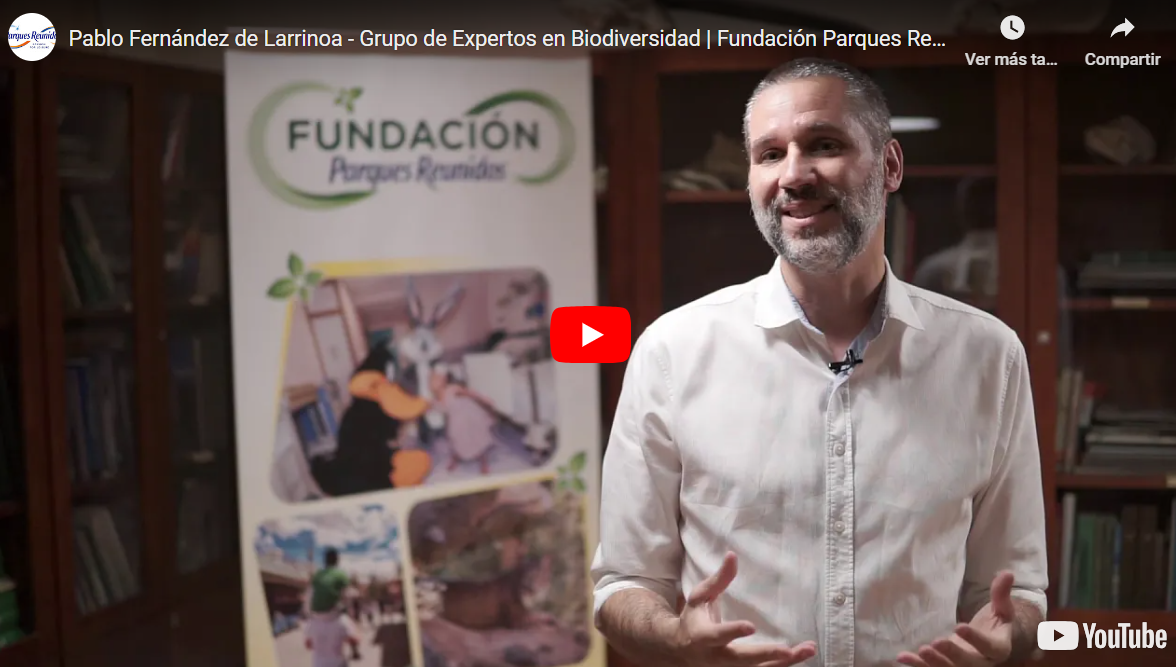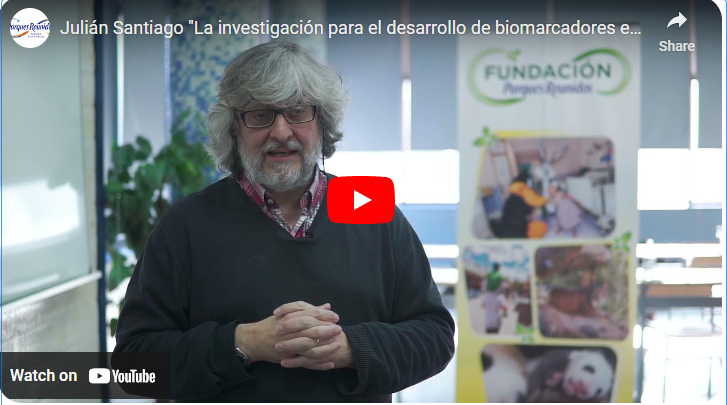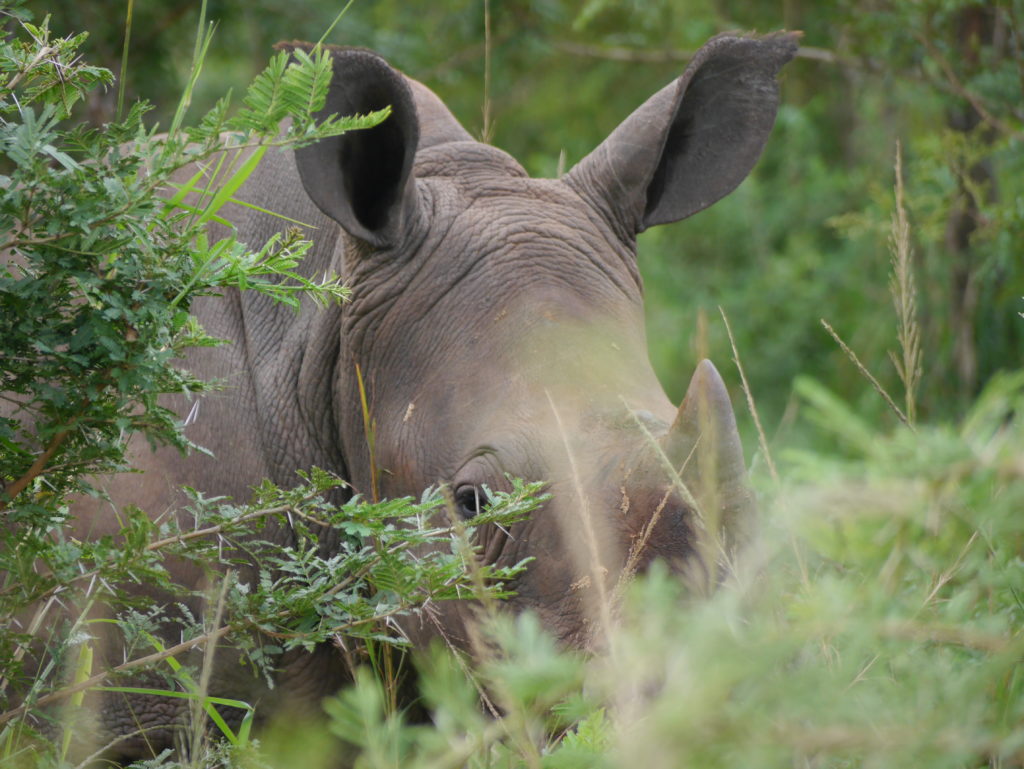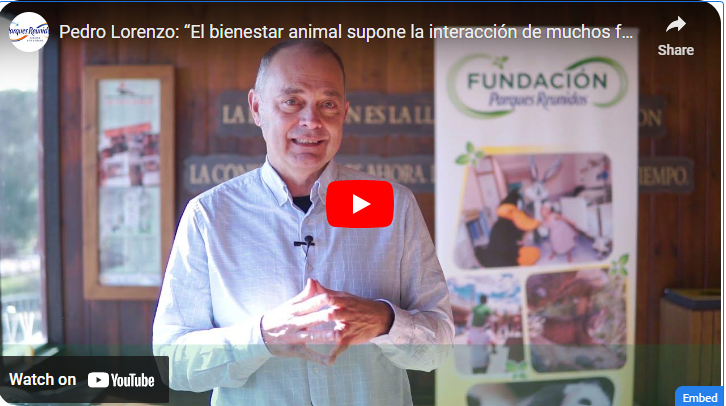
Throughout 2020 Asociación Brinzal continued to host, nurse, and train many birds of prey and enabled their return to their natural habitats in different areas of the Madrid region. Nature doesn’t wait and, despite the obstacles caused by the pandemic, neither do the foundations and organizations that protect biodiversity and foster conservation.
The Brinzal’s recovery and rehabilitation center is located in the Casa de Campo in Madrid. This has encouraged the organization’s relationship with the Madrid Zoo. In 2019, for example, Brinzal participated in the one-day event in memory of Félix Rodríguez de la Fuente, which featured educational and awareness-raising activities.
Similarly, in 2020, the agreement between Brinzal and the Parques Reunidos Foundation to recover nocturnal birds of prey, made it possible to reintroduce two Eurasian eagle-owl chicks and five barn owl chicks into their natural habitats.
In the context of this collaboration, expert teams and Brinzal reintroduce Eurasian eagle-owls and barn owls that are born from individuals hosted by the Madrid Zoo. The Eurasian eagle-owl chicks were born from a couple of unrecoverable adults hosted by the Zoo. On the other hand, the barn owls that were cared for at the Zoo came from the Madrid Autonomous Community Animal Recovery Center.
The chicks that the Zoo takes care of are first relocated to the Brinzal facility before they even grow their feathers. That is where they learn to behave, feed, and survive in the wild. Chicks are training in this way for five months before they can be reintroduced in protected areas of the Madrilian mountain range. Through these reintroduction, Brinzal, the Madrid Zoo and the Parques Reunidos Foundation contribute to reinstating local animal populations and to protecting biodiversity in local








